🖱️ Mouse – An Essential Computer Input Device
Introduction
In the world of computing, the 🖱️ Mouse – An Essential Computer Input Device plays a vital role in how users interact with digital systems. Through a simple point-and-click 🖱️ Mouse – An Essential Computer Input Device the on-screen pointer and perform actions like clicking, dragging, dropping, and scrolling within various software applications. Whether you’re browsing the web, designing graphics, writing code, or gaming, the 🖱️ mouse significantly enhances productivity and user experience across all types of tasks.
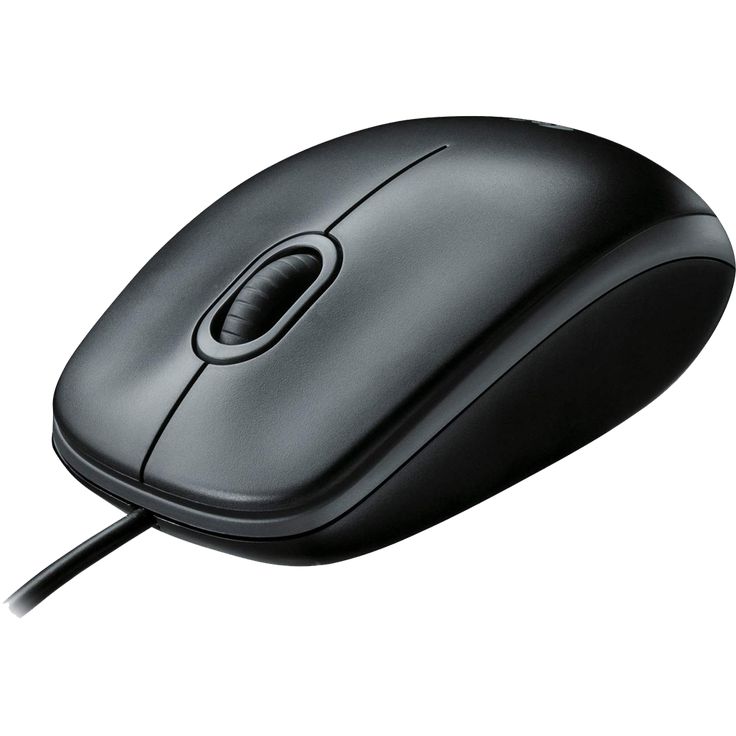
History of the Mouse
The journey of the mouse began in the early 1960s when Douglas Engelbart, an Am🖱️ Mouse – An Essential Computer Input Device invention was a wooden block with two wheels, capable of detecting horizontal and vertical movements. Engelbart introduced this revolutionary idea at a time when keyboards were the primary input devices for computers.
In the 1980s, Apple popularized the mouse with its Macintosh computers, bringing graphical user interfaces (GUI) into the mainstream. Since then, the mouse has gone through numerous transformations—from mechanical ball mice to modern optical and laser v🖱️ Mouse – An Essential Computer Input Device wireless technologies, and high-speed gaming mice with customizable features.
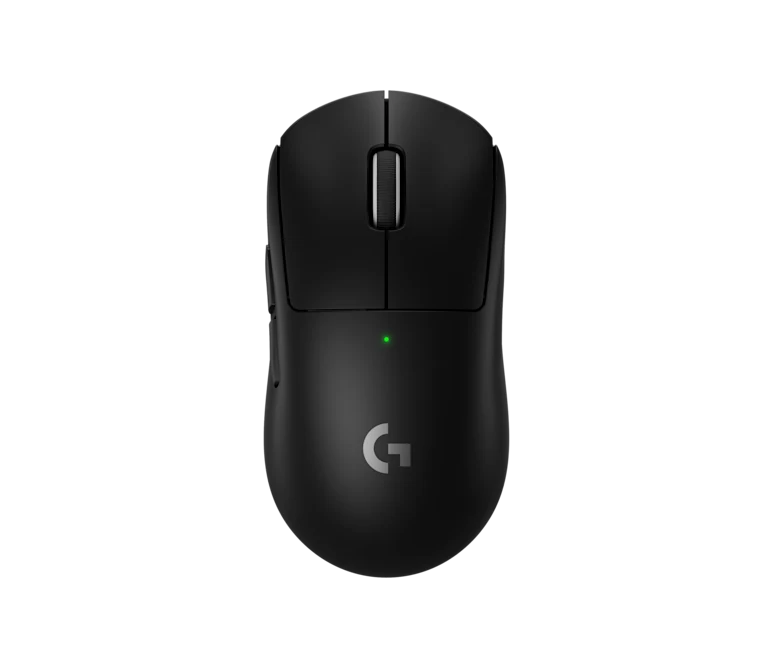
How a Mouse Works
A computer mouse functions by tracking motion and translating it into pointer movement on the screen. The 🖱️ Mouse – An Essential Computer Input Device uses different tracking technologies to perform this task effectively. There are two main types of tracking mechanisms:
Mechanical Mouse – Uses a rubber ball to detect movement as it rolls on a surface.
Optical/Laser Mouse – Uses light (LED or laser) sensors to detect movement by scanning the surface below.
The mouse typically connects to the computer via a USB cable, Bluetooth, or a wireless dongle. Once connected, movements and clicks are detected by the operating system and reflected accurately on the display.
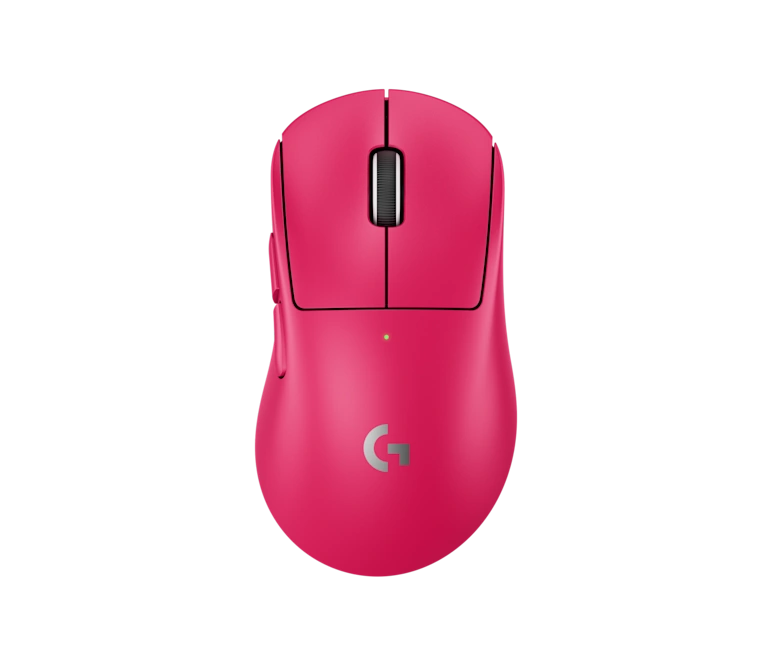
Main Components of a Mouse
A standard mouse may seem simple, but it includes several key components that allow it to function efficiently. These parts work together to ensure that the 🖱️ Mouse – An Essential Computer Input Device tracks user movements accurately and responds instantly to commands.
Left Button – Primary action button used for selecting and clicking items.
Right Button – Opens context menus and advanced options.
Scroll Wheel – Used to scroll through documents and webpages.
Optical or Laser Sensor – Detects movement and sends data to the computer.
Cable or Wireless Transmitter – Used for data transmission between mouse and computer.
Some advanced mice also include DPI (Dots Per Inch) switches, programmable buttons, and RGB lighting, especially in high-performance gaming models.
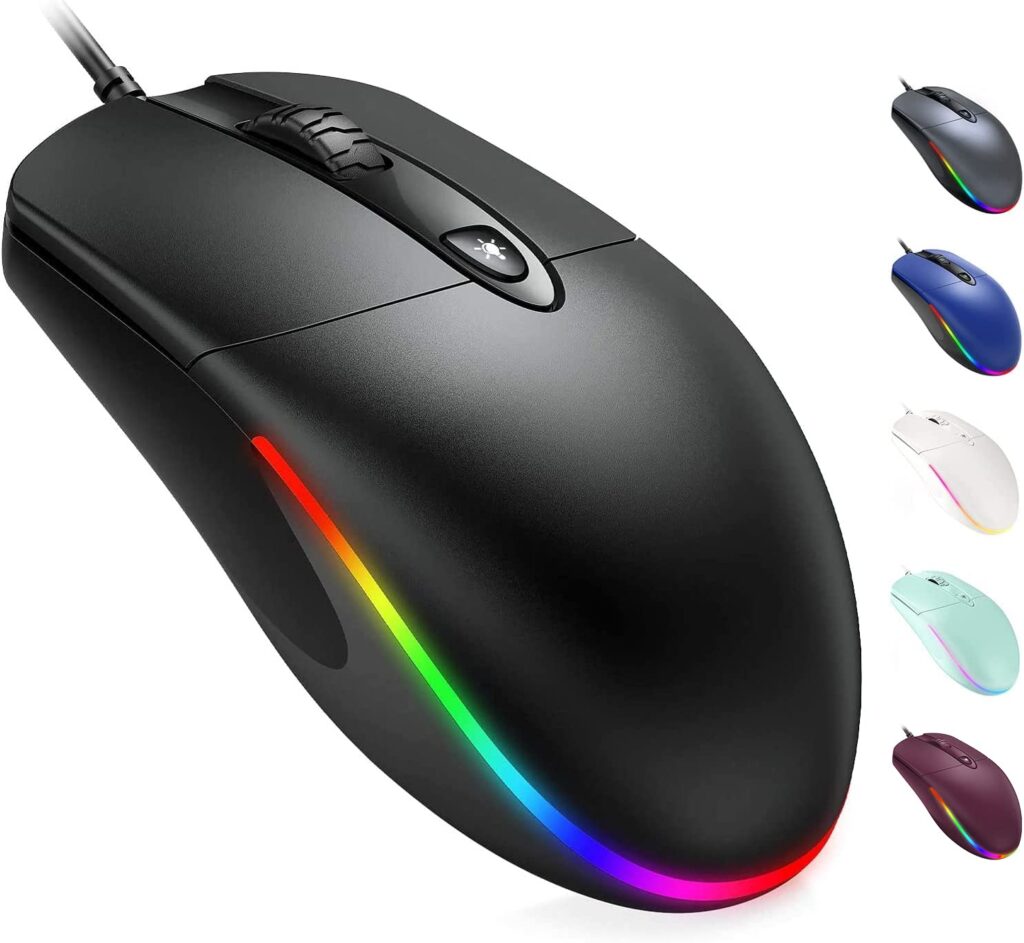
Types of Computer Mice
The market offers a variety of mice, each tailored for different use cases:
Wired Mouse
Connected via USB cable.
Offers stable and lag-free performance.
Wireless Mouse
Operates using batteries and connects through Bluetooth or RF dongle.
Offers portability and a cleaner workspace.
Optical Mouse
Uses LED sensors for precise tracking.
Ideal for daily computing tasks.
Laser Mouse
More sensitive than optical.
Suitable for high-resolution screens and professional use.
Trackball Mouse
Stationary device with a rotating ball for navigation.
Used in design or space-limited setups.
Gaming Mouse
Features high DPI, customizable buttons, and fast response rates.
Designed specifically for gamers and eSports professionals.
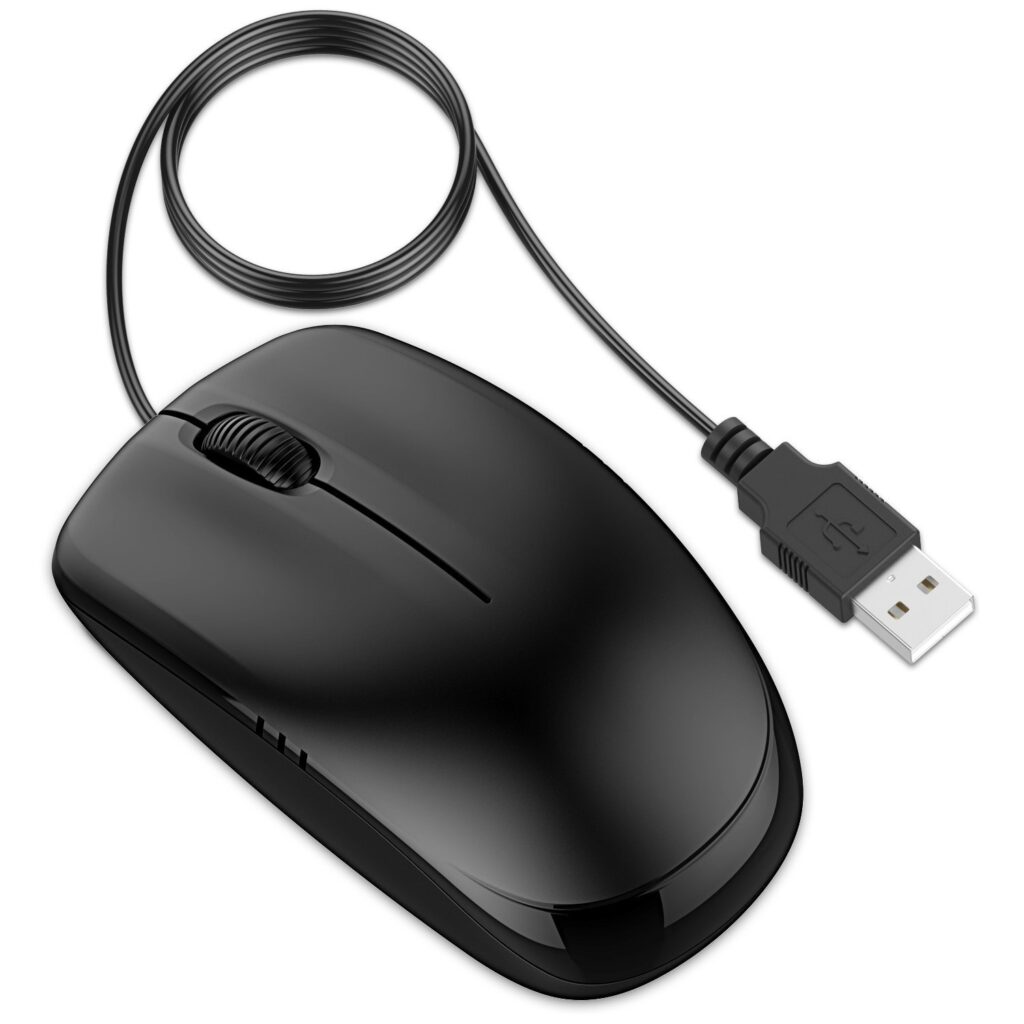
Uses of a Mouse
The mouse is widely used across different fields:
Web Browsing – Navigate websites, click links, scroll pages.
Document Editing – Highlight text, move paragraphs, click menus.
Graphic Design – Draw, move objects, zoom, and adjust tools.
Software Development – Interact with IDEs, click through code structures.
Gaming – Fast controls, aiming, and action execution.
Data Entry & Analysis – Easily access cells, sheets, and tools in programs like Excel.
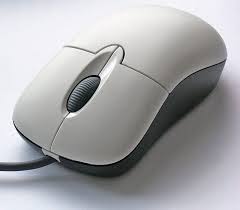
Mouse Care & Maintenance Tips
To ensure a longer lifespan and better performance, proper maintenance is necessary:
Clean the surface and optical sensor regularly.
Avoid using the mouse on rough or dirty surfaces.
Use a mouse pad to enhance tracking and comfort.
For wireless mice, replace batteries periodically.
Do not pull or bend the cable harshly (for wired mice).

Importance in Today’s Digital World
Despite the rise of touchscreens and voice commands, the mouse continues to be a vital component in the digital age. Its precision, ease of use, and compatibility with various systems make it irreplaceable for tasks that require accuracy and control.
Modern professions such as graphic designers, architects, gamers, developers, and office professionals all rely on the functionality that only a mouse can provide. From controlling 3D models to managing complex software, a mouse is indispensable.
Conclusion
The mouse has come a long way from a wooden block to a high-performance input device. It simplifies human-computer interaction, increases productivity, and makes digital navigation smoother. Whether you’re a student, a professional, or a casual user, choosing the right type of mouse can significantly improve your computer experience.

